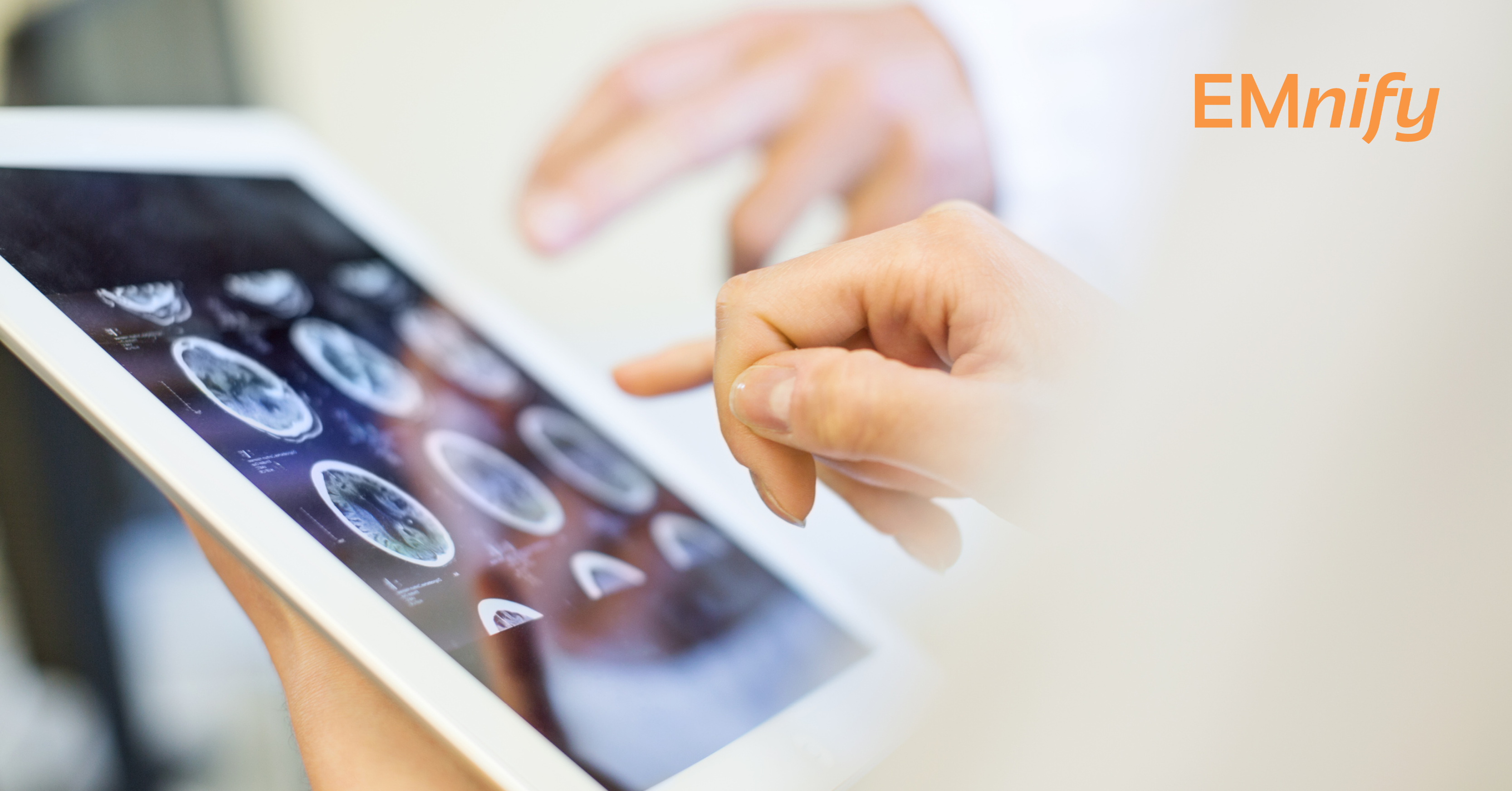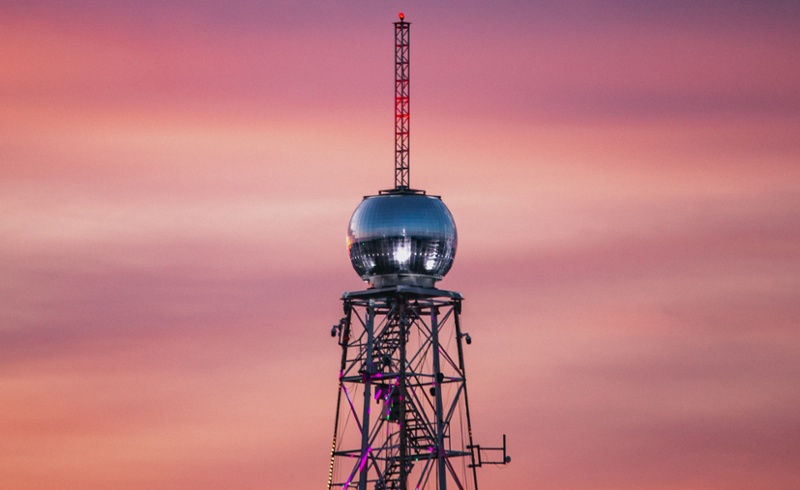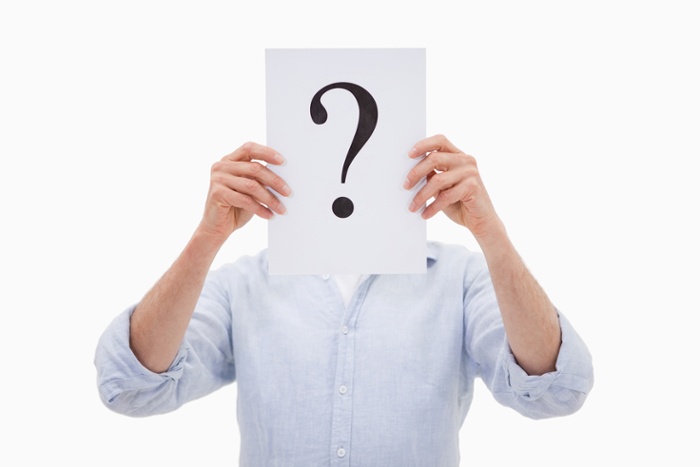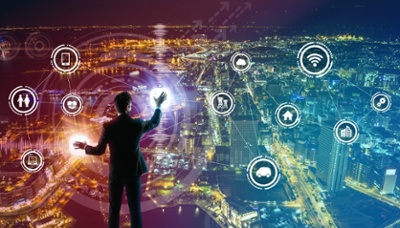

Human health directly or indirectly influences every aspect of modern life – a healthy population translates to a healthy community, society and economy. Financial, socio-economic, political and cultural differences significantly impact the state of a nation’s public health. However, regardless of these differentiators, the potential of healthcare IoT is extremely promising.
In fact, IoT could grow into the world’s most important driver in healthcare. Below, we outline three scenarios where today’s medical technology can be optimized and enriched through the IoT, resulting in the so-called Internet of Medical things (short: IoMT) that not only potentially could save millions of lives.
Internet of Medical things (IoMT) enables digital medication
One innovation in the healthcare industry is the so-called "intelligent pill". Intelligent pills are taken like normal medication but are equipped with a kind of monitoring technology in addition to the actual medication. In this way, they forward information to a sensor worn on the body. These sensors monitor the level of medication in the body based on a patient's perceived or diagnosed condition.
The data from the portable sensors is then transmitted to a mobile phone app, which means that patients themselves can access data on their vital functions. Doctors can also do this if the patient agrees. This is how the attending doctors determine whether a medication is working as intended or whether it is causing side effects. Moreover, of course, this can ensure that medications are taken as prescribed.
In November 2017, Abilify MyCite launched the first FDA-approved smart pill that timestamps when the drug is taken. As soon as the pill encounters the patient's stomach acid, a sensor is triggered, which marks the time of contact and passes this information on to the portable sensor and finally to the mobile phone app. The correct dosage and the correct intake are important prerequisites for successful treatment.
It almost goes without saying that reliable, consistent and secure IoT connectivity is crucial for these sensors – spotty Wi-Fi, for example, could be catastrophic. In summary, this means that such use cases cannot really work without a functioning connectivity. As so often in the IoT world, success depends on connectivity!
IoMT optimizes medical facilities
Many benefits of IoMT revolve around improving patient care. However, thanks to the IoT, medical facilities have also improved, for example through processes that are made more efficient by conserving valuable resources.
Intelligent technology in hospitals and care facilities, for example, ensures that doctors can better monitor expensive devices such as MRI, CT and PT scanners and X-ray machines regarding effectiveness and lifespan. In this way, malfunctions or incorrect operations can be avoided as remote sensors minimize the number of manual tests or eliminate them entirely. This frees up time for more urgent tasks.
A common problem in medical facilities is the required relocation of equipment that is in frequent demand. This becomes a problem when a device cannot be located in an emergency. The use of Bluetooth Low Energy location technology allows devices to be located, in real time. A small innovation helps save countless lives. And the costs are negligible.
A cellular IoT connection has obvious benefits for such a scenario and is a preferred connectivity option for solutions that demand consistent connectivity on the move.
IoMT optimizes medical devices
Nowadays, portable medical devices are popular among consumers of all ages to track their own vital signs in real time. Did you know that some of these devices not only record data, but also perform certain functions based on commands or recognized situations? "Smart associations" are one example. They are equipped with sensors that assess the size of a wound underneath the device to determine whether it is healing or not or whether there is an infection and a suitable solution may need to be administered.
"Networked contact lenses" are another example of wearables in health technology. In 2014, Google and Novartis began developing a networked contact lens that can monitor blood sugar levels by analyzing the patient's tear fluid. The data collected through the contact lenses is then sent to an insulin pump and the patient is informed of her blood sugar levels and whether action is needed.
Earlier in 2020 meanwhile, it was reported that InWith Corporation has been at work with Bausch and Lomb to develop smart contacts over the past year. This advance in non-invasive monitoring of diabetes patients could be life changing for many, avoiding the daily multiple pricks a diabetes sufferer must self-administer to monitor their levels.
Advanced technologies in the healthcare sector allow both inpatient and outpatient care to be monitored more closely. Tele monitoring (RPM) enables medical professionals to control vital signs and assess physical responses to previous treatments without having to be in the same place as the patient. The device used depends on the patient's health.
For example, it may be an implanted cardiological device, an airflow monitor, or a networked blood glucose meter. The device in question collects the desired data. If the values are not as they should be, the data are simultaneously forwarded to a database for recording and sent to the responsible doctor. The doctor can then analyze the information in real time and react accordingly.
Such devices are often used directly after an operation. They help to reduce the number of hospital visits and avoid re-admissions.
Conclusion
A study conducted by Aruba Networks in 2017 showed that 60 percent of healthcare organizations worldwide have already implemented IoT devices in their facilities and this number will increase dramatically in the coming years. It is obvious that IoT solutions have found their way into the healthcare industry and are indispensable. From better patient monitoring and intelligent pills to low energy location solutions, the Internet of Medical Things makes life easier for medical practitioners and improves the treatment and care of patients.
Ultimately, the goal of the IoMT is to improve the quality of life for as many people as possible. Such implications will eventually make IoT the most successful application in healthcare.
As so often in the IoT world, a solution’s success depends on its connectivity. Without consistent, reliable and high-quality connectivity, many if not all IoMT use cases quickly fall apart or become cumbersome to the point of inefficiency. Cellular IoT connectivity has clear advantages in this regard and is mostly considered a preferred connectivity option.
Get in touch with our IoT experts
Discover how emnify can help you grow your business and talk to one of our IoT consultants today!
Tobias Weber
More than six years of experience as a senior editor in the realm of smart home, connectivity and Internet of Things. And still as curious as on the first day.



